SLLSEF6C July 2014 – June 2017 TUSB8020B
PRODUCTION DATA.
- 1 Features
- 2 Applications
- 3 Description
- 4 Revision History
- 5 Description (continued)
- 6 Pin Configuration and Functions
- 7 Specifications
-
8 Detailed Description
- 8.1 Overview
- 8.2 Functional Block Diagram
- 8.3 Feature Description
- 8.4 Device Functional Modes
- 8.5
Register Maps
- 8.5.1
Configuration Registers
- 8.5.1.1 ROM Signature Register (offset = 0h) [reset = 0h]
- 8.5.1.2 Vendor ID LSB Register (offset = 1h) [reset = 51h]
- 8.5.1.3 Vendor ID MSB Register (offset = 2h) [reset = 4h]
- 8.5.1.4 Product ID LSB Register (offset = 3h) [reset = 25h]
- 8.5.1.5 Product ID MSB Register (offset = 4h) [reset = 80h]
- 8.5.1.6 Device Configuration Register (offset = 5h) [reset = 1Xh]
- 8.5.1.7 Battery Charging Support Register (offset = 6h) [reset = 0Xh]
- 8.5.1.8 Device Removable Configuration Register (offset = 7h) [reset = 0Xh]
- 8.5.1.9 Port Used Configuration Register (offset = 8h) [reset = 0h]
- 8.5.1.10 PHY Custom Configuration Register (offset = 9h) [reset = 0h]
- 8.5.1.11 Device Configuration Register 2 (offset = Ah)
- 8.5.1.12 UUID Registers (offset = 10h to 1Fh)
- 8.5.1.13 Language ID LSB Register (offset = 20h)
- 8.5.1.14 Language ID MSB Register (offset = 21h)
- 8.5.1.15 Serial Number String Length Register (offset = 22h)
- 8.5.1.16 Manufacturer String Length Register (offset = 23h)
- 8.5.1.17 Product String Length Register (offset = 24h)
- 8.5.1.18 Serial Number Registers (offset = 30h to 4Fh)
- 8.5.1.19 Manufacturer String Registers (offset = 50h to 8Fh)
- 8.5.1.20 Product String Registers (offset = 90h to CFh)
- 8.5.1.21 Additional Feature Configuration Register (offset = F0h)
- 8.5.1.22 Charging Port Control Register (offset = F2h)
- 8.5.1.23 Device Status and Command Register (offset = F8h)
- 8.5.1
Configuration Registers
- 9 Application and Implementation
- 10Power Supply Recommendations
- 11Layout
- 12Device and Documentation Support
- 13Mechanical, Packaging, and Orderable Information
パッケージ・オプション
メカニカル・データ(パッケージ|ピン)
- PHP|48
サーマルパッド・メカニカル・データ
- PHP|48
発注情報
9 Application and Implementation
9.1 Application Information
The TUSB8020B is a two-port USB 3.0 compliant hub. It provides simultaneous SuperSpeed USB and high-speed/full-speed connections on the upstream port and provides SuperSpeed USB, high-speed, full-speed, or low-speed connections on the downstream port. The TUSB8020B can be used in any application that needs additional USB compliant ports. For example, a specific notebook may only have two downstream USB ports. By using the TUSB8020B, the notebook can increase the downstream port count to three.
9.2 Typical Application
A common application for the TUSB8020B is as a self-powered standalone USB hub product. The product is powered by an external 5-V DC power adapter. In this application using a USB cable, TUSB8020B device’s upstream port is plugged into a USB host controller. The downstream ports of the TUSB8020B are exposed to users for connecting USB hard drives, camera, flash drive, and so forth.
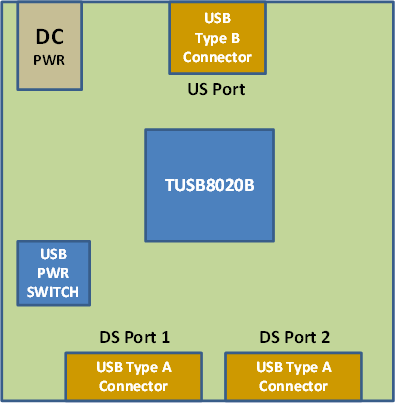 Figure 26. Discrete USB Hub Product
Figure 26. Discrete USB Hub Product
9.2.1 Design Requirements
Table 27. Input Parameters
| DESIGN PARAMETER | EXAMPLE VALUE |
|---|---|
| VDD supply | 1.1 V |
| VDD33 supply | 3.3 V |
| Upstream port USB support (SS, HS, FS) | SS, HS, FS |
| Downstream port 1 USB support (SS, HS, FS, LS) | SS, HS, FS, LS |
| Downstream port 2 USB support (SS, HS, FS, LS) | SS, HS, FS, LS |
| Number of removable downstream ports | 2 |
| Number of non-removable downstream ports | 0 |
| Full power management of downstream ports | Yes (FULLPWRMGMTZ = 0) |
| Individual control of downstream port power switch | Yes (GANGED = 0) |
| Power switch enable polarity | Active high (PWRCTL_POL = 0) |
| Battery charge support for downstream port 1 | Yes |
| Battery charge support for downstream port 2 | Yes |
| I2C EEPROM support | No |
| 24-MHz clock source | Crystal |
9.2.2 Detailed Design Procedure
9.2.2.1 Upstream Port Implementation
The upstream of the TUSB8020B is connected to a USB3 type B connector. This particular example has GANGED terminal and FULLPWRMGMTZ terminal pulled low, which results in individual power support each downstream port. The VBUS signal from the USB3 type B connector is fed through a voltage divider. The purpose of the voltage divider is to make sure the level meets USB_VBUS input requirements.
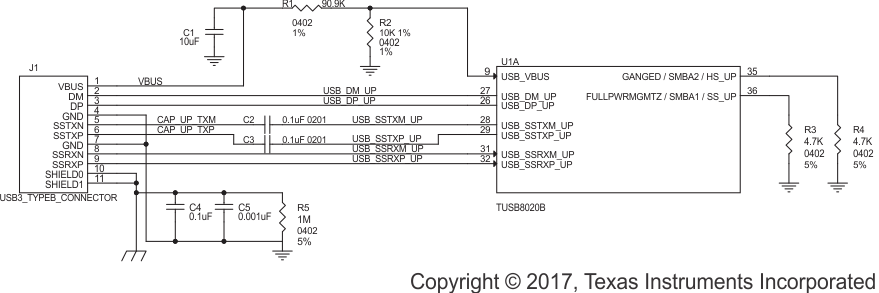 Figure 27. Upstream Port Implementation
Figure 27. Upstream Port Implementation
9.2.2.2 Downstream Port 1 Implementation
The downstream port 1 of the TUSB8020B is connected to a USB3 type A connector. With BATEN1 terminal pulled up, battery charge support is enabled for port 1. If battery charge support is not needed, then the pullup resistor on BATEN1 should be uninstalled. The PWRCTL_POL is pulled-down, which results in active-high power enable (PWRCTL1 and PWRCTL2) for a USB VBUS power switch.
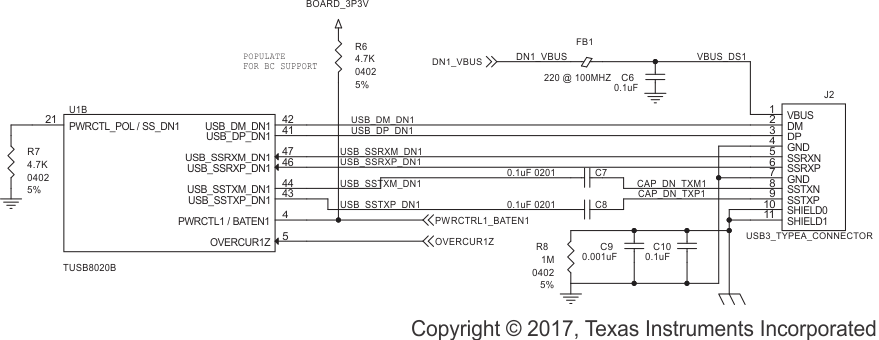 Figure 28. Downstream Port 1 Implementation
Figure 28. Downstream Port 1 Implementation
9.2.2.3 Downstream Port 2 Implementation
The downstream port 2 of the TUSB8020B is connected to a USB3 type A connector. With BATEN2 terminal pulled up, battery charge support is enabled for port 2. If battery charge support is not needed, then the pullup resistor on BATEN2 should be uninstalled.
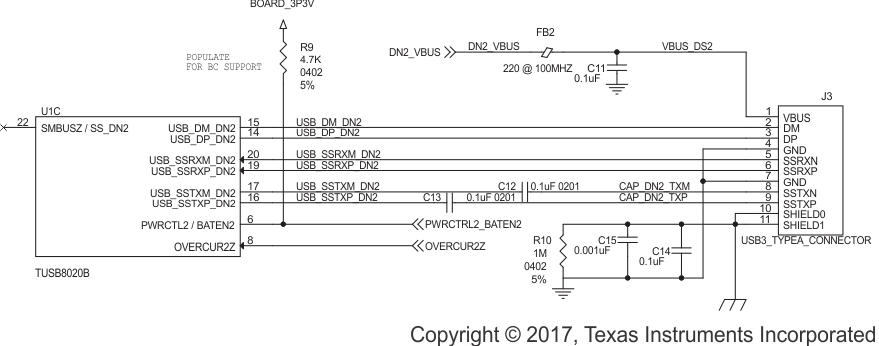 Figure 29. Downstream Port 2 Implementation
Figure 29. Downstream Port 2 Implementation
9.2.2.4 VBUS Power Switch Implementation
This particular example uses the TI TPS2561 dual-channel precision adjustable current-limited power switch. For details on this power switch or other power switches available from TI, refer to www.ti.com.
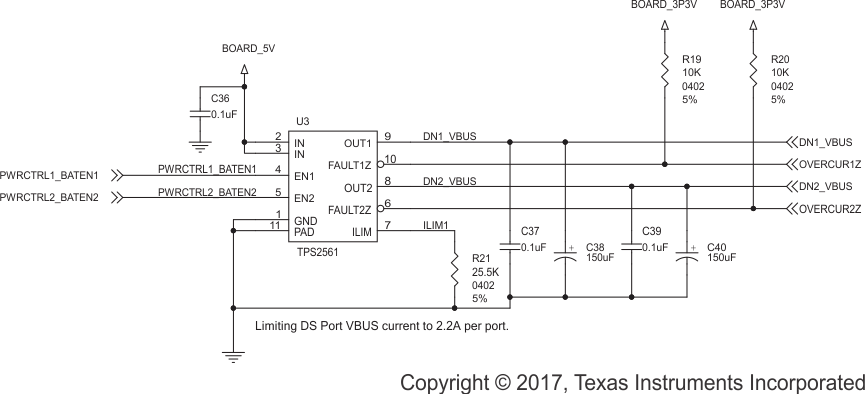 Figure 30. Power Switch Implementation
Figure 30. Power Switch Implementation
9.2.2.5 Clock, Reset, and Miscellaneous
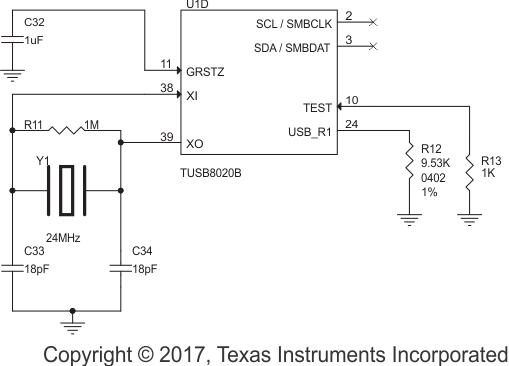 Figure 31. Clock, Reset, and Miscellaneous
Figure 31. Clock, Reset, and Miscellaneous
9.2.2.6 Power Implementation
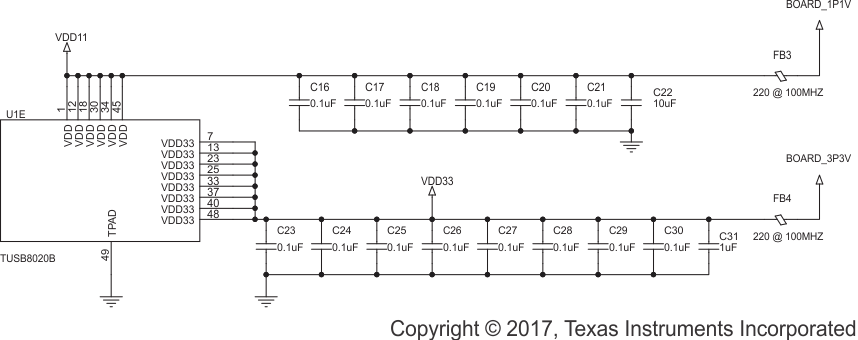 Figure 32. Power Implementation
Figure 32. Power Implementation
9.2.3 Application Curves
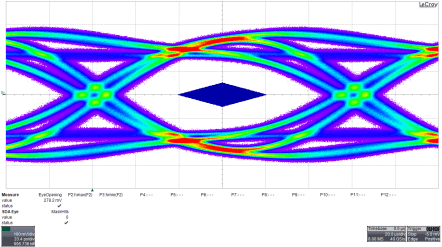 Figure 33. SuperSpeed TX Eye for Downstream Port 1
Figure 33. SuperSpeed TX Eye for Downstream Port 1
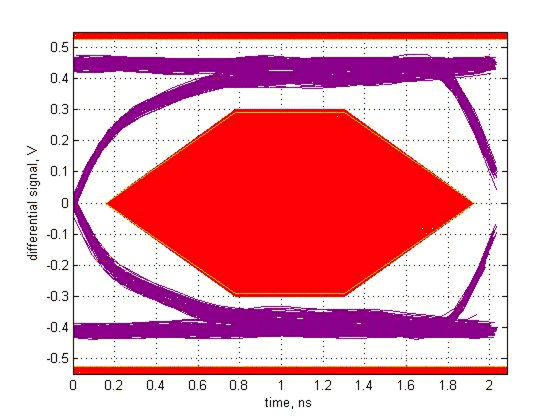 Figure 35. HighSpeed TX Eye for Downstream Port 1
Figure 35. HighSpeed TX Eye for Downstream Port 1
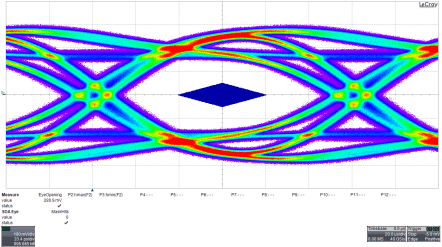 Figure 34. SuperSpeed TX Eye for Downstream Port 2
Figure 34. SuperSpeed TX Eye for Downstream Port 2
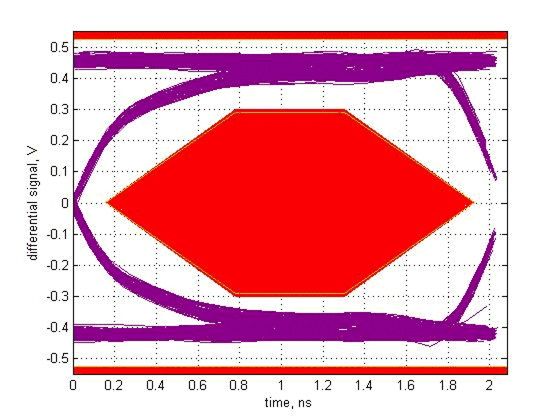 Figure 36. HighSpeed TX Eye for Downstream Port 2
Figure 36. HighSpeed TX Eye for Downstream Port 2